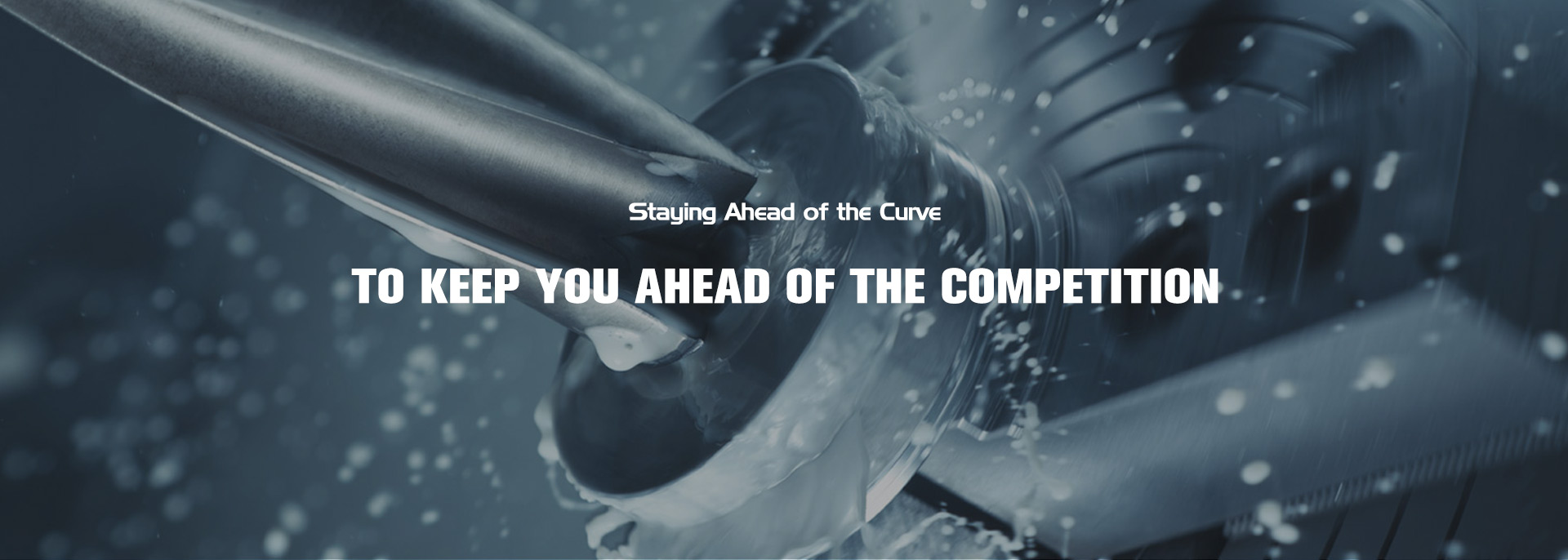making power steering hoses
Making Power Steering Hoses A Comprehensive Guide
Power steering systems play a crucial role in enhancing vehicle handling and ease of maneuverability. At the heart of these systems lies the power steering hose, which transmits hydraulic fluid between the steering pump and the steering gear. These hoses must withstand high pressures and harsh conditions, making the manufacturing process a vital aspect of automotive production. This article will explore the steps involved in making power steering hoses, the materials used, and best practices to ensure quality and durability.
Materials Used
The primary materials for power steering hoses include synthetic rubber, thermoplastic elastomers, and reinforced fabrics. These materials are chosen for their ability to withstand extreme temperatures and pressures while providing flexibility and resilience. The internal lining of the hose is typically made of a fluid-resistant compound to prevent the hydraulic fluid from degrading the hose material. Meanwhile, the outer layer is designed to protect the hose from abrasion and environmental factors, such as heat and oil.
Manufacturing Process
1. Design Phase The process begins with designing the hose to meet specific automotive standards. Engineers take into account the diameter, length, and pressure requirements to ensure optimal performance. Computer-aided design (CAD) software is often used to create precise specifications.
2. Material Preparation Once the design is finalized, the selected materials are cut and prepared. Synthetic rubber and other components are mixed with additives to enhance their properties, such as strength and resistance to wear.
making power steering hoses

3. Extrusion The prepared material undergoes an extrusion process, where it is shaped into a long tube. This step is crucial as it defines the hose's internal and external diameters. The extruded hose is then cooled and cut to the specified lengths.
4. Reinforcement To enhance the hose’s strength, layers of fabric or wire may be incorporated. This reinforcement helps the hose withstand the high pressures typical in power steering systems. During this stage, the layers are tightly woven around the extruded tube.
5. Curing Curing is a vital step where the hoses are subjected to heat and pressure in a mold. This process chemically alters the materials, increasing their durability and making them suitable for long-term use under high-stress conditions.
6. Quality Assurance After curing, each hose goes through rigorous testing to ensure it meets safety and performance standards. This can include pressure tests, leak tests, and inspections for material defects. Only hoses that pass these tests move on to the next step.
7. Assembly Finally, the hoses are fitted with end fittings, which are typically made of metal. These fittings ensure a secure connection to the pump and steering gear. The finished product is then packaged and ready for distribution.
Conclusion
Making power steering hoses is a complex process that requires advanced materials, precision engineering, and strict quality control to ensure safety and reliability. As vehicles become increasingly sophisticated, the demand for high-quality power steering hoses will continue, emphasizing the importance of this crucial component in automotive design and manufacturing. Understanding the intricacies of hose production not only highlights the engineering innovation involved but also underscores the significance of maintaining high standards in automobile safety and performance.
-
Ultimate Spiral Protection for Hoses & CablesNewsJun.26,2025
-
The Ultimate Quick-Connect Solutions for Every NeedNewsJun.26,2025
-
SAE J1401 Brake Hose: Reliable Choice for Safe BrakingNewsJun.26,2025
-
Reliable J2064 A/C Hoses for Real-World Cooling NeedsNewsJun.26,2025
-
Heavy-Duty Sewer Jetting Hoses Built to LastNewsJun.26,2025
-
Fix Power Steering Tube Leaks Fast – Durable & Affordable SolutionNewsJun.26,2025

